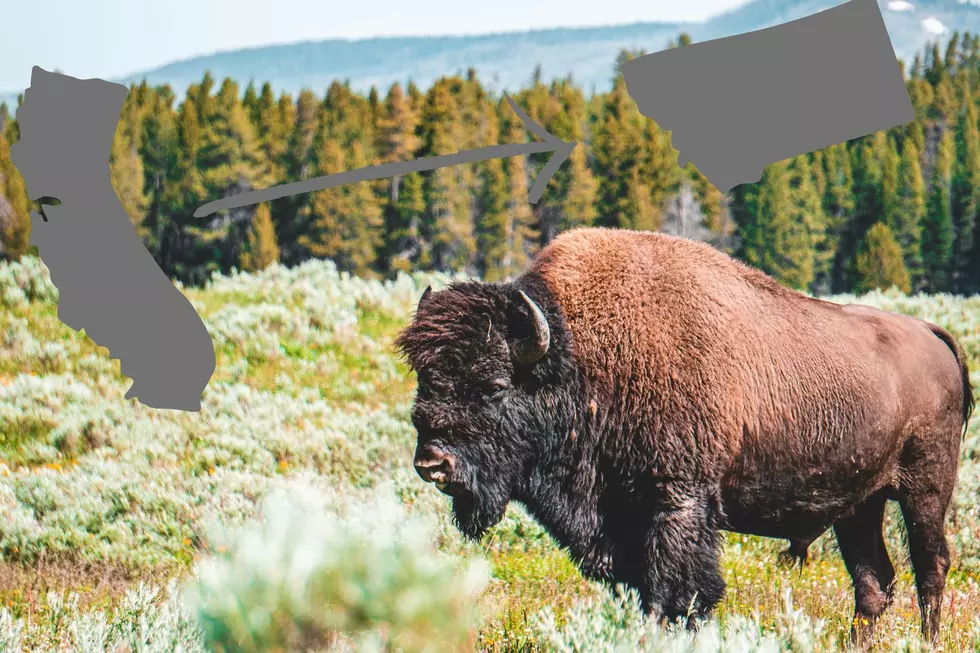
Why Are Montana Homeowners Wrapping Their Houses in Foil?
Summertime is a great time to invite friends over for a backyard BBQ. Fire up the grill and throw on some burgers, chicken, and the occasional hot dog. But, don't forget the tin foil. It sure does help in just about any barbecue situation. It makes for easy cleanup, it can serve as a lid for a pan, or it can keep your corn from getting charred. And let's not forget how important it is to aid in making the perfect baked potato.
Why are people wrapping their entire home in foil?
Summertime in Montana also means fire season. And much like the backyard bbq, foil can come in handy for keeping more than just your meal from charring on the grill.
According to an article published in Popular Science in 2021
Fire departments in wildfire country have been using foil wrap for decades to protect structures like ranger stations, monuments, and remote US Forest Service buildings. But recent photos of houses miraculously intact amidst smoldering rubble have inspired some homeowners to take matters into their own hands—at times even shelling out big money for the same shiny wrapping material used by the pros.
This method has proven to work for the US Forest Service on many of their structure for a long time. For people who own cabins or second homes in fire country, this method could serve as another line of defense from completely losing your home to a potential wildfire.
But it is not cheap. A 5-foot wide by 200-foot long roll of material covers 1,000 sq. ft. and cost roughly $900 per roll.
If the foil offers even a small percentage of a chance of your family home surviving a wildfire and being completely engulfed in flames, I would believe that trying this option is small price to pay.



